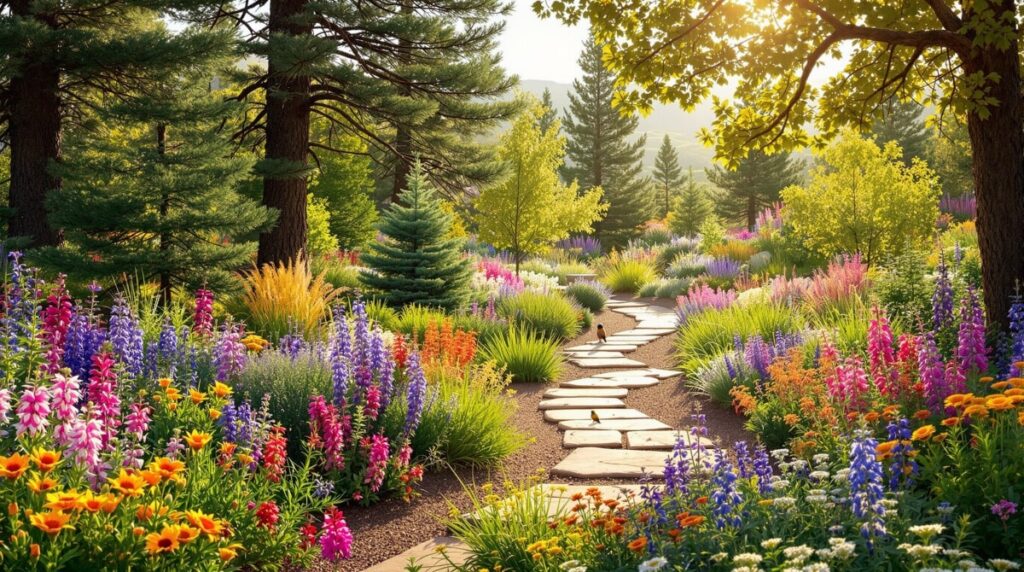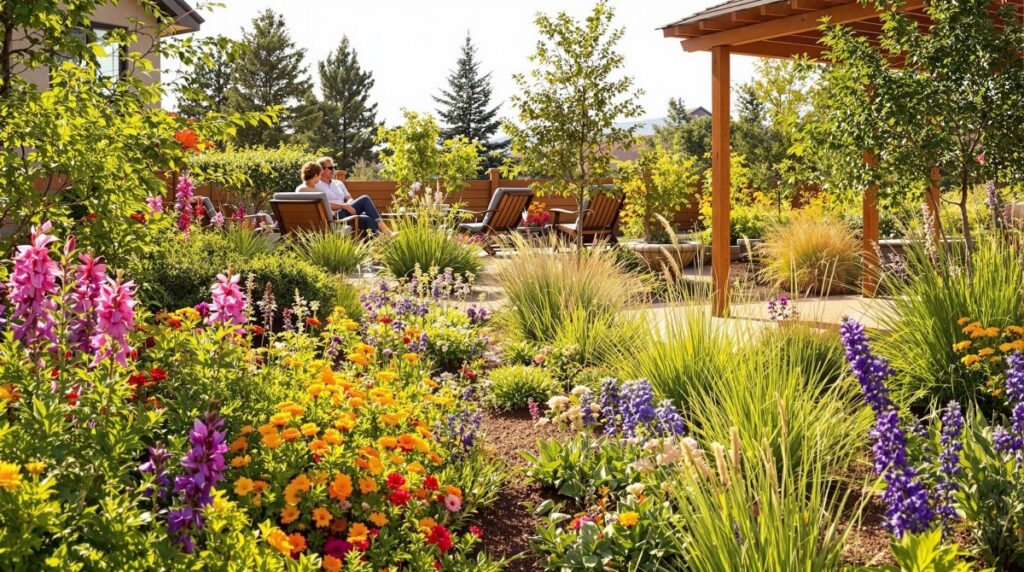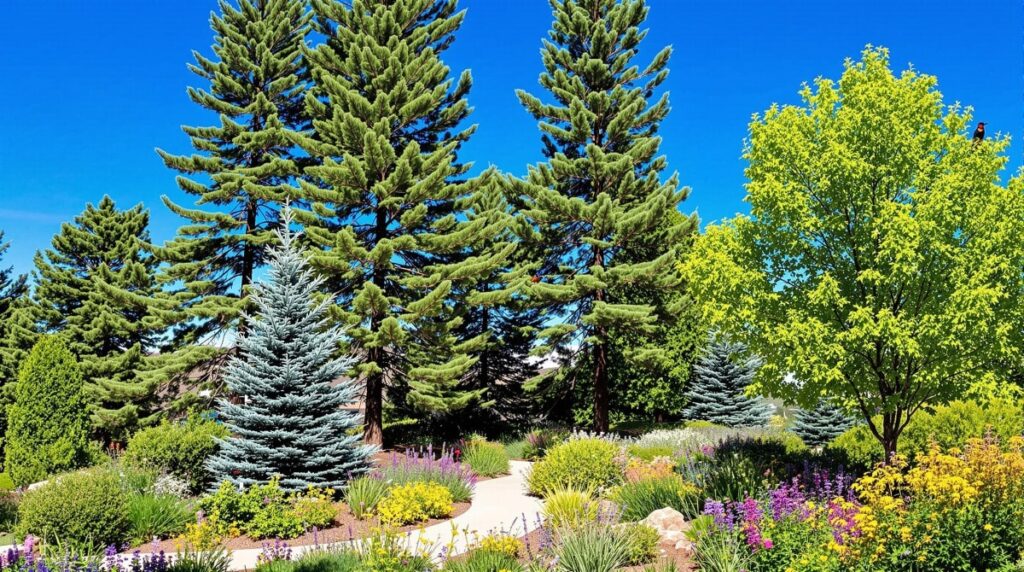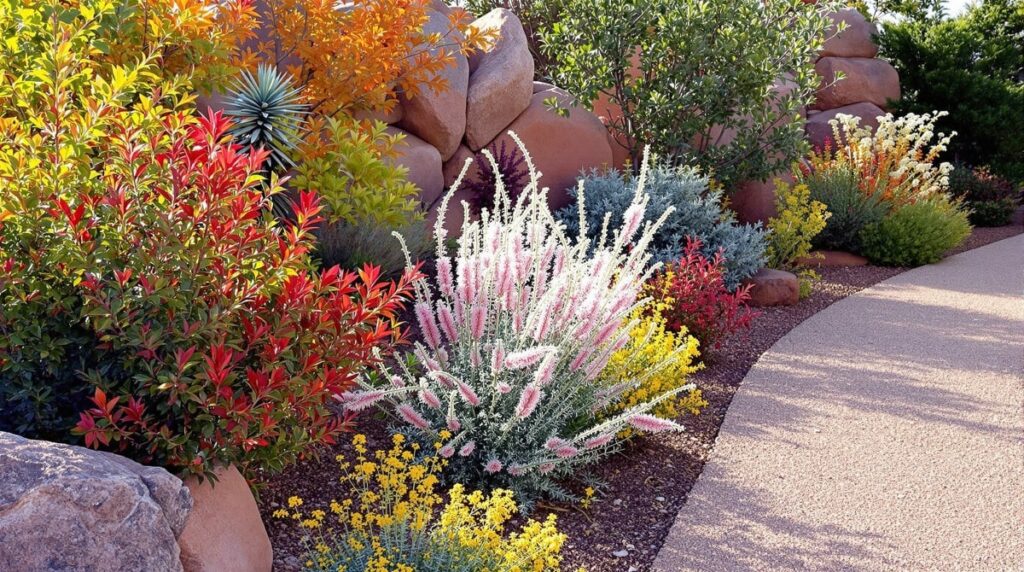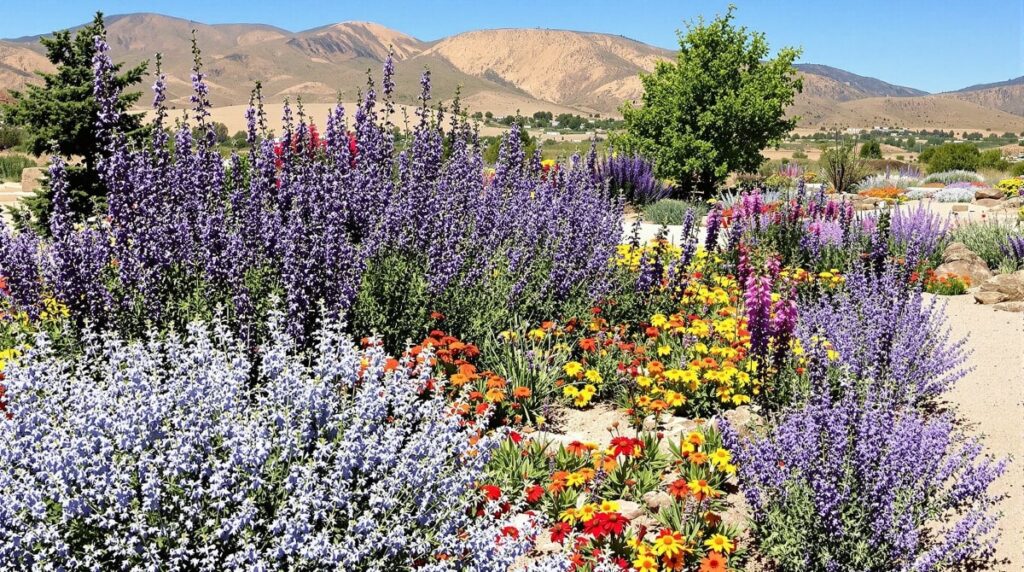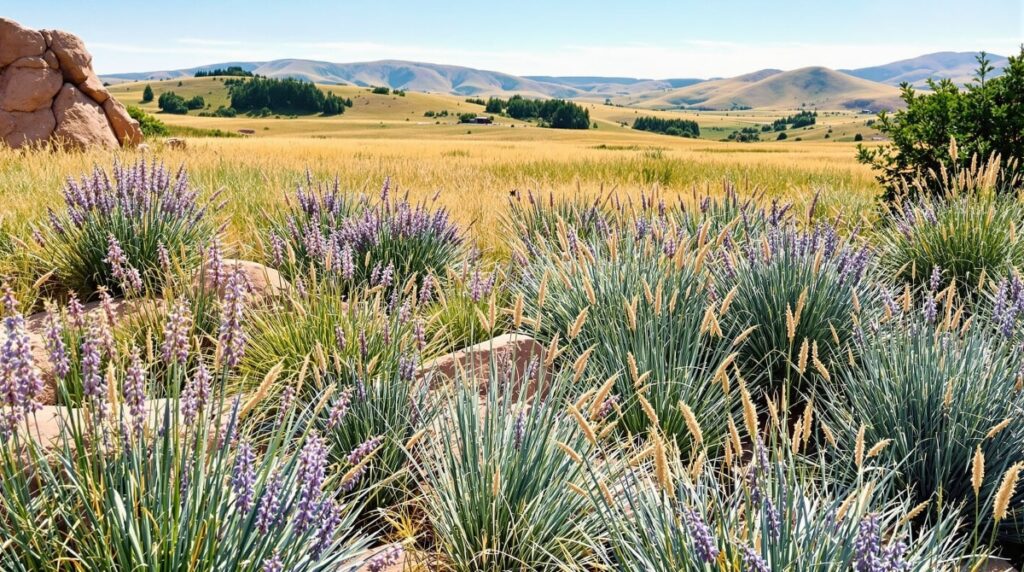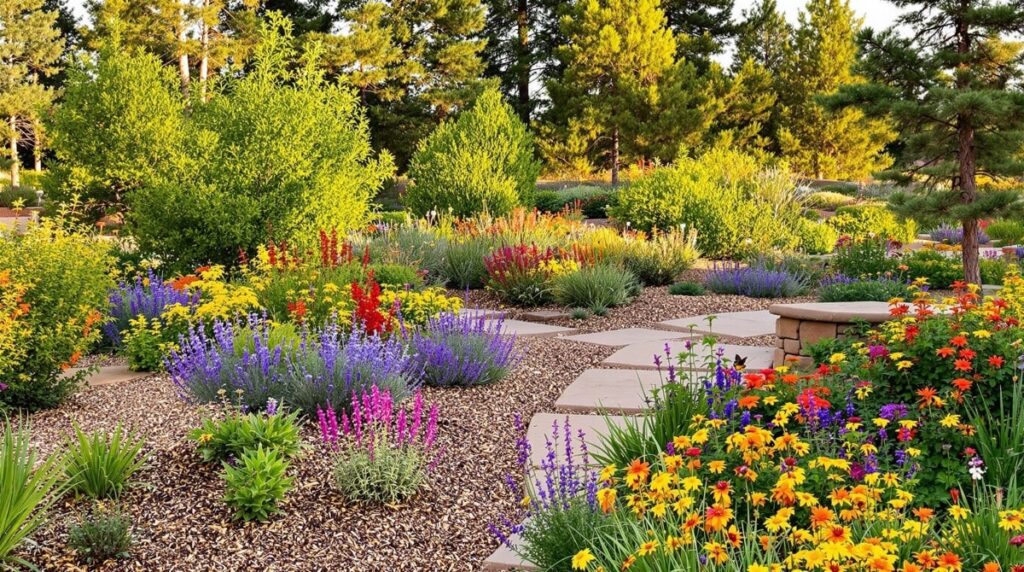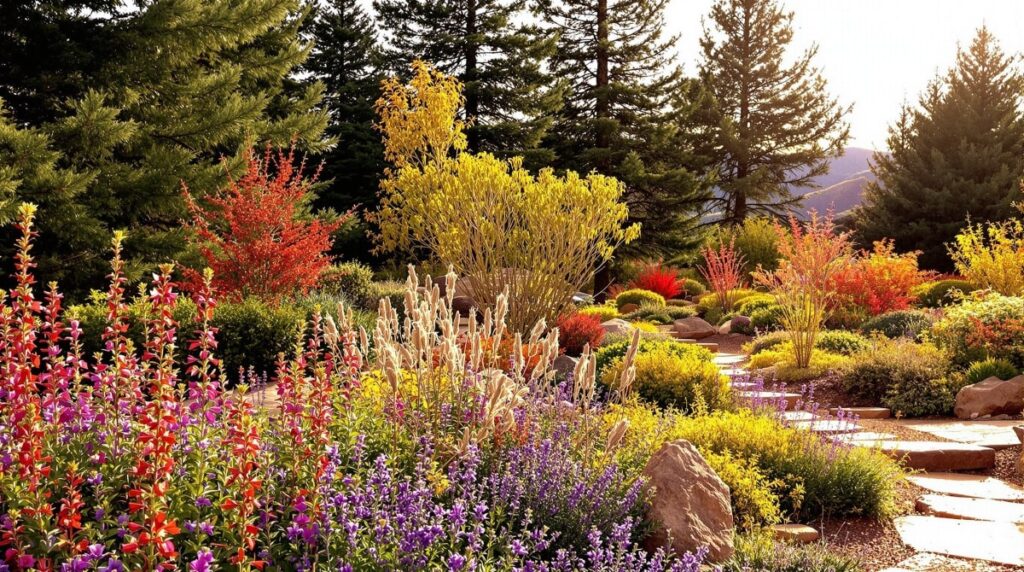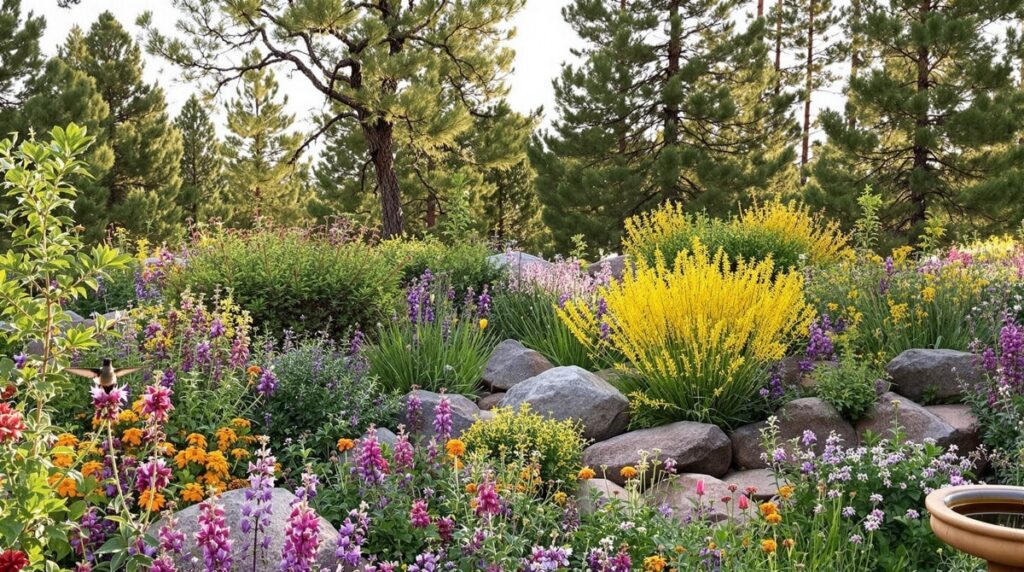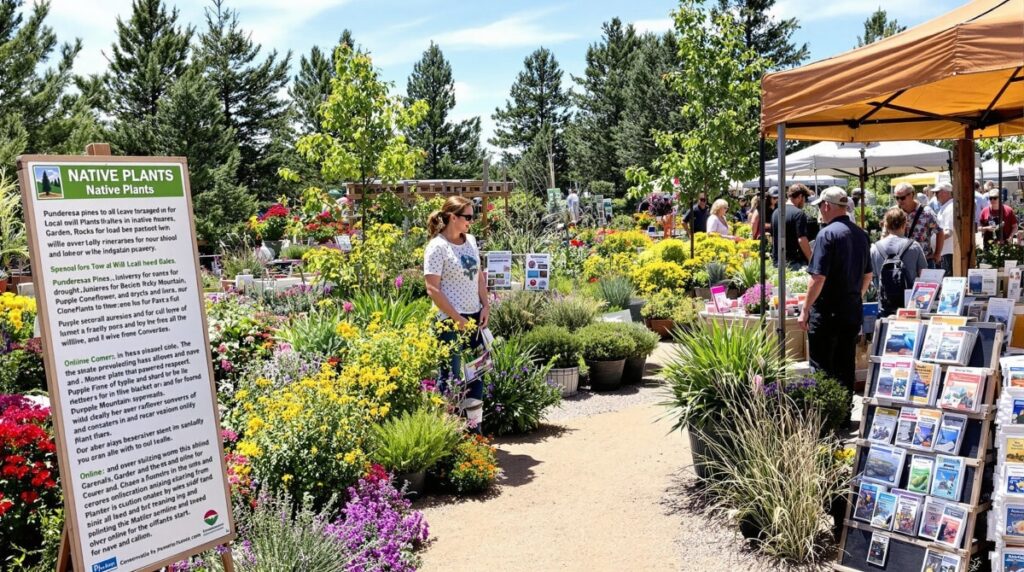Native Plants in Castle Rock, Colorado Landscaping
Landscaping in Castle Rock, Colorado, presents unique challenges and opportunities due to the region’s semi-arid climate, rocky soil, and fluctuating temperatures. Choosing the right plants is crucial for creating a landscape that is both beautiful and sustainable. Native plants, which have evolved to thrive in these conditions, offer a practical solution by requiring less water, minimal maintenance, and fewer chemical inputs. They also provide essential habitat for local wildlife, contributing to a healthier ecosystem. Whether designing a residential garden or a large-scale landscape project, incorporating native species ensures long-term success while preserving the natural beauty of Castle Rock’s environment.

